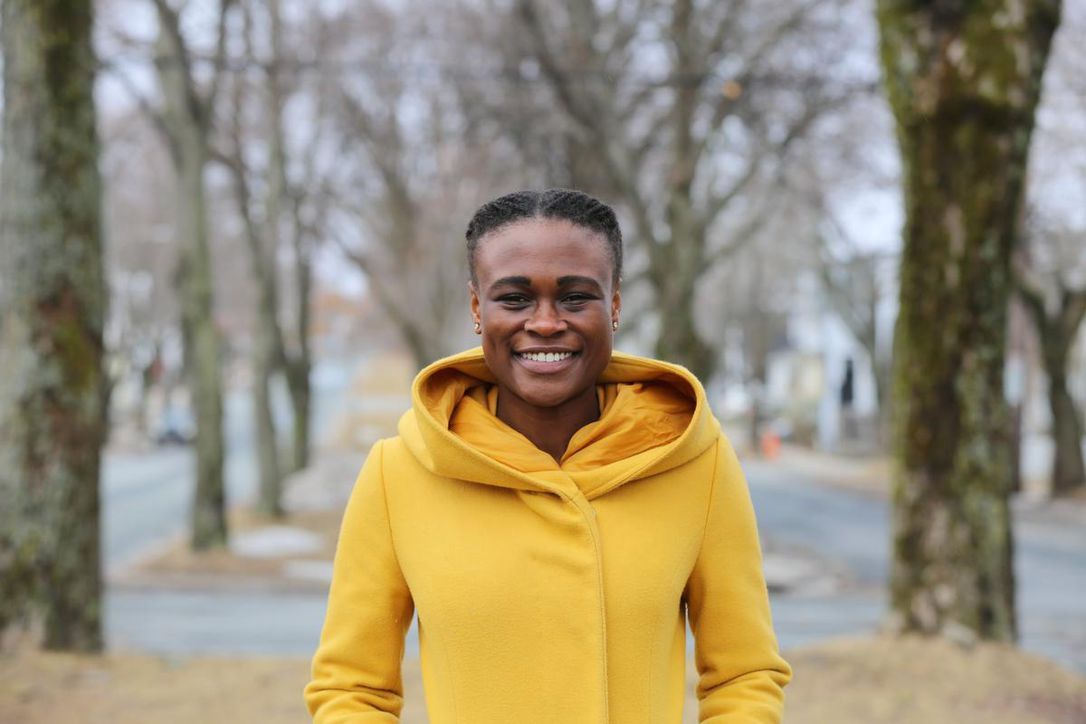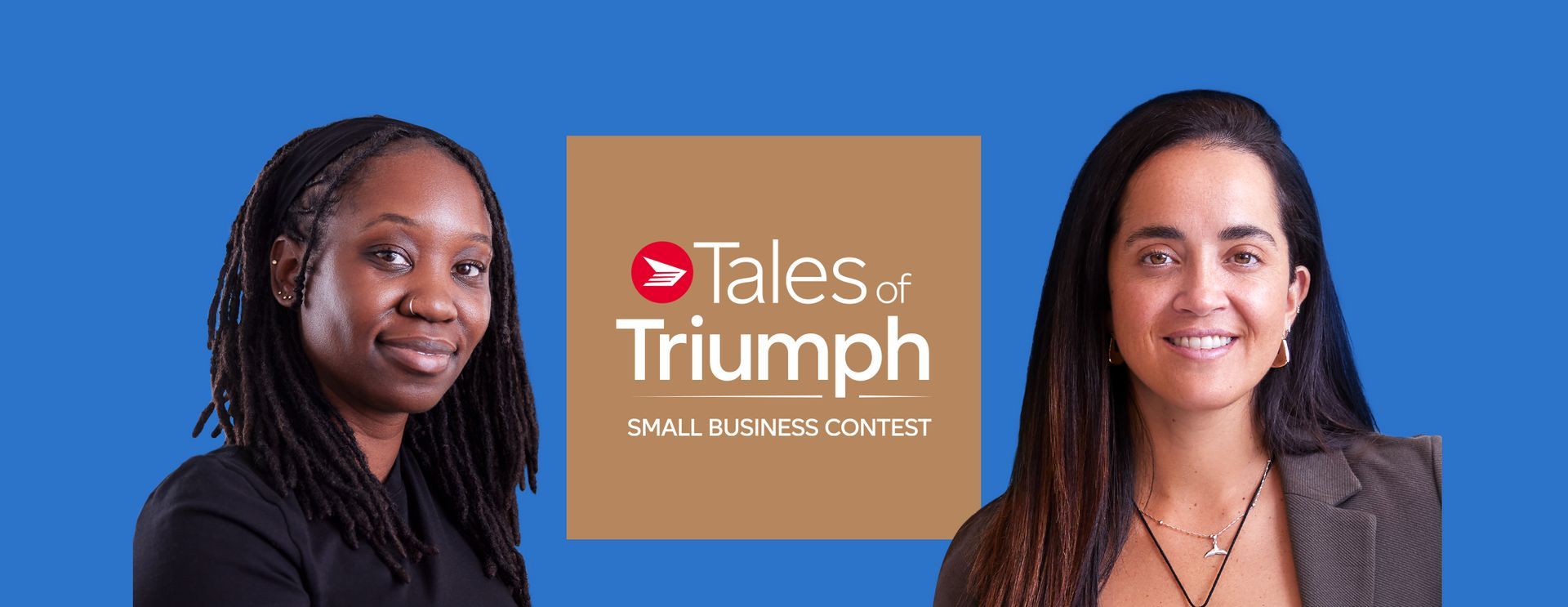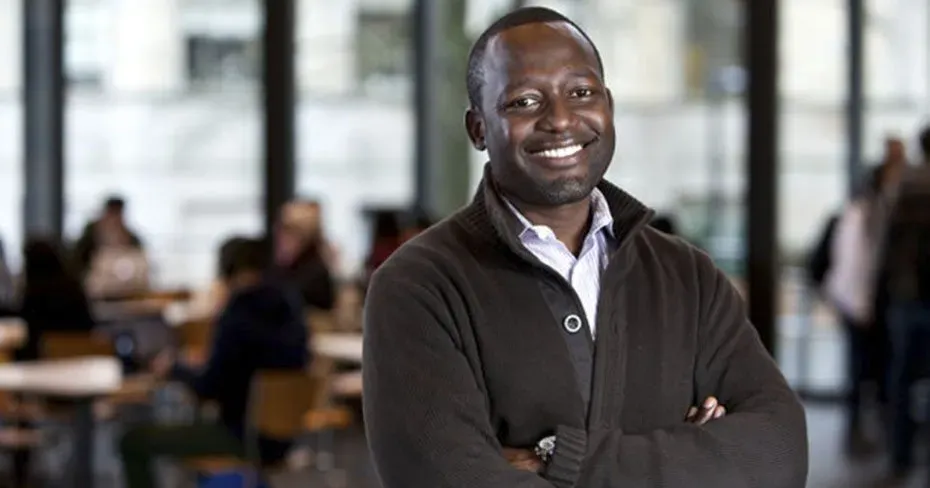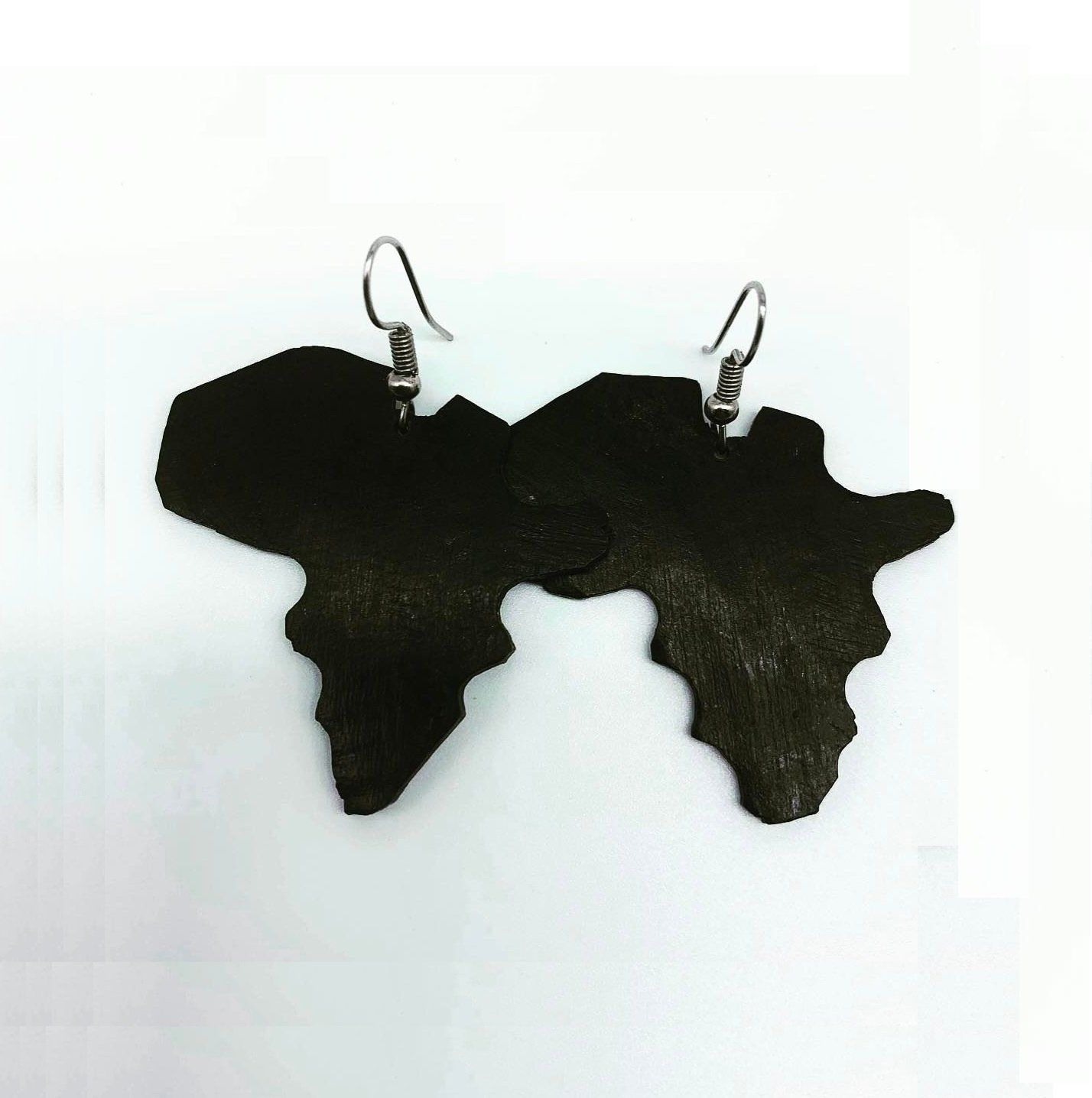There is a lack of Black women scholars in Canadian universities
Not enough Black women teaching at Canadian universities, says Halifax scholar
Since arriving in Halifax as an international student seven years ago, Isalean Harris has had a question on her mind: where are the Black female scholars?
During her undergraduate studies at Saint Mary’s University, Harris encountered only one Black female professor, and not seeing herself reflected in her university’s faculty left her feeling alienated and undervalued.
“I found it problematic,” she said in an interview.
After finishing a degree in political science, she decided to look more closely at the problem she’d identified and figure out why, despite a 30-year-old federal mandate for equality in Canadian universities, it existed.
“I really wanted to investigate it,” Harris said, “especially since I would always see statements about the university’s commitment to employment equity and improving diversity and inclusion on job postings.”
Her investigation became a thesis titled Where are the Black female faculty? Employment equity policy failures and the overrepresentation of whiteness , which earned her a master of arts degree in January 2019.
“I found, within Canadian academia as a whole, there is an acute underrepresentation of women of colour faculty across Canadian academia,” Harris said.
She narrowed her focus to two schools in Halifax, using data that the schools themselves had collected on whom they employ. She chose the two largest universities in the area: her own school, SMU, and Dalhousie University.
Even though she had some sense of the racial inequity in academia before starting her research, Harris said the work was eye-opening.
The data showed her that representation of visible minorities was “well below” labour market expectations, but it was impossible to parse out the numbers for Black women, specifically, because they weren’t being identified in the schools’ data.
That told her that the way the schools were collecting data needed an upgrade.
In addition, Harris interviewed Black women with tenured positions at different universities across Canada about their experiences.
She said it was difficult to find interviewees because there were so few Black female scholars to approach — something that Harris said underscored the exact issue she was investigating.
As her thesis describes, Harris’s interviewees each faced unique challenges in their academic careers, but “their experiences appear to be rooted in similar systemic, anti-Black processes, procedures and attitudes.”
Hearing their stories took a toll on Harris.
“Especially as I considered myself to be an emerging scholar, and to know that academia is a space that I would like to believe allows a space for me or welcomes me … it was kind of difficult,” she said.
Harris wants universities to update their equity policies to spark a cultural shift.
“It is imperative for the university to improve representation so that we have representation of thought, representation of analysis so that we can really understand the root causes to a lot of our social problems,” she said.
There’s evidence that policy change can be effective; Harris pointed to the federal Employment Equity Act, which since 1986 has mandated employers to correct “conditions of disadvantage” for four marginalized groups: women, Indigenous peoples, persons with disabilities and members of visible minorities.
“It has worked at significantly improving the representation of white women,” she said.
But added, “Not all women are white.”
A more effective set of policies, Harris said, would consider intersectional identities — not four separate categories but a multitude that represent the ways those categories overlap or intersect.
Harris was recently invited to present some of her findings to Dalhousie Senate and make recommendations on their equity practices.
Benita Bunjun, a professor of social justice and community studies at SMU and Harris’s thesis supervisor, said the attention and traction Harris’s work is receiving “is very unique” for a master’s student.
She said it’s a sign of the importance of her research.
“It should be seen as a gift on a platter to both of these universities,” Bunjun said.
She said it offers Dalhousie and SMU a “microscopic look at where we’re at — what’s the current status of our failures around equity hiring.”
When the Star asked Dalhousie for a response to Harris’s assertion that its equity policies are inadequate, spokesperson Sarah Dawson said in an email, “Ms. Harris’ thesis contributes critical perspectives to academic work exploring the experience of diverse faculty and practices of racialized academic appointments.”
Dawson said there is “a lot of online information” about the work the school is doing to address employment equity. She highlighted a few links to the Dalhousie website, including a Diversity Faculty Awardand a 2014-18 strategic plan report.
“There’s work to be done, and we are making strides to ensure Dalhousie is a place where everyone feels that they belong and have full opportunity,” Dawson said.
SMU was also asked for a response to Harris’s critique.
SMU spokesperson Cale Loney noted in an email that the school’s collective agreement with full-time faculty contains a clause “to improve the employment of women, visible minorities, persons with disabilities and Indigenous peoples.”
Loney added that “other practices the university has undertaken include equity training, representative search committees and outreach/targeted advertising of positions.
Harris said her thesis work will culminate when she presents some of her findings at SMU on Mar. 29 — an event that’s open to the public.
“I don’t know if I intend to continue specifically with this work in research,” Harris said, pointing to the toll it took on her.
What’s next is “taking the knowledge that I have and moving it forward into broader conversations about why representation is important.”
SOURCE: http://ow.ly/dbns30oLhRB











